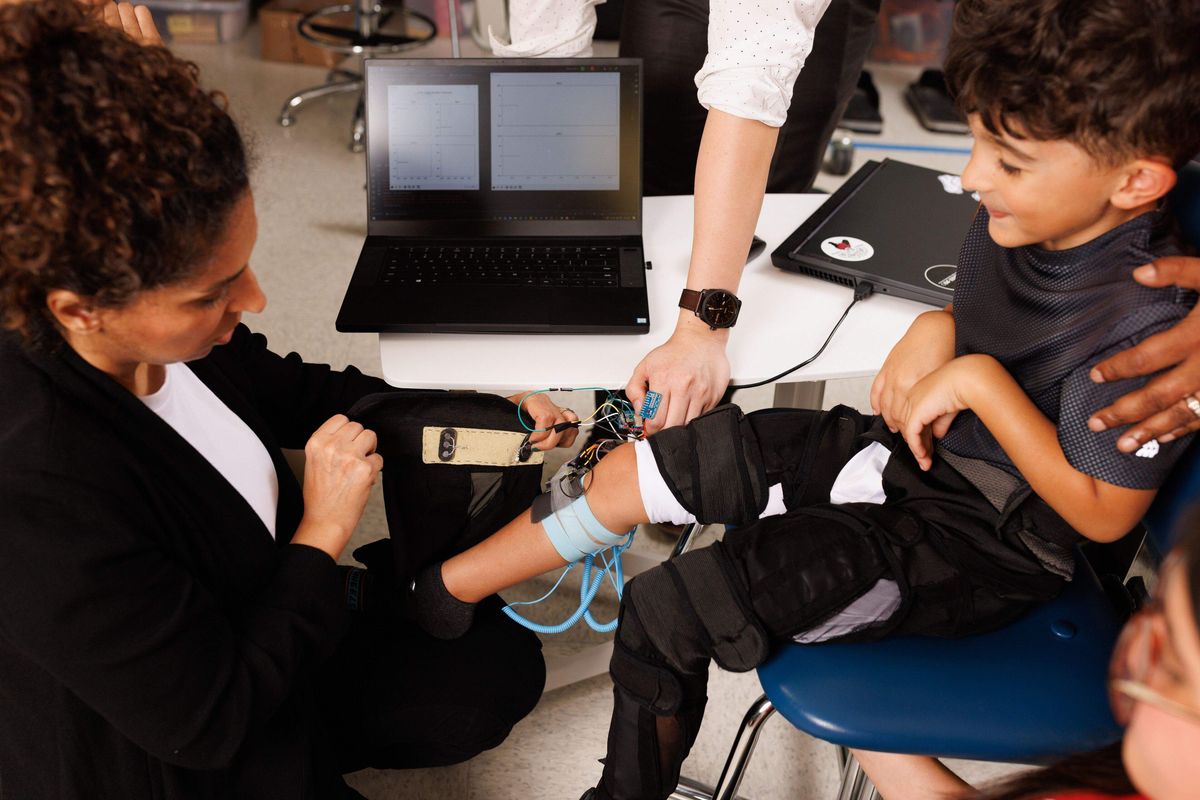Houston ranks No. 4 for HQ relocations and more innovation news to know
Trending News
Editor's note: The top recent Houston business and innovation news includes a high ranking for Houston HQs, an innovative exoskeleton designed for children with cerebral palsy, and incoming drones for Walmart delivery. Catch up on the 5 most-read InnovationMap stories from the latter half of June 2025 below:
1. Houston ranks among top 5 cities for corporate HQ relocations in new report

Houston attracted 31 new corporate headquarters from 2018 to 2024, according to a new report from CBRE. Photo via Getty Images
The Houston area already holds the title as the country’s third biggest metro hub for Fortune 500 headquarters, behind the New York City and Chicago areas. Now, Houston can tout another HQ accolade: It’s in a fourth-place tie with the Phoenix area for the most corporate headquarters relocations from 2018 to 2024.
During that period, the Houston and Phoenix areas each attracted 31 corporate headquarters, according to new research from commercial real estate services company CBRE. Continue reading.
2. Texas plugs in among states at highest risk for summer power outages in 2025

A new study puts Texas at No. 2 among the states most at risk for power outages this summer. Photo via Getty Images
Warning: Houston could be in for an especially uncomfortable summer.
A new study from solar energy company Wolf River Electric puts Texas at No. 2 among the states most at risk for power outages this summer. Michigan tops the list. Continue reading.
3. Houston team develops innovative soft skeleton for kids with cerebral palsy

UH BRAIN and TIRR Memorial Hermann have developed the MyoStep soft exoskeleton to address motor impairments caused by cerebral palsy. Photo courtesy UH.
A Houston team has introduced the MyoStep soft exoskeleton for children with cerebral palsy.
The soft skeleton aims to address motor impairments caused by cerebral palsy that impact children’s ability to participate in physical activities, self-care and academics. Continue reading.
4. CPRIT grants $22M to bring top cancer researchers to Houston

CPRIT recently granted $93 million to 61 organizations and scientists, including many in Houston, to advance cancer research. Carter Smith/Courtesy of MD Anderson
Several prominent cancer researchers are coming to the Houston area thanks to $22 million in grants recently awarded by the Cancer Prevention and Research Institute of Texas (CPRIT).
The biggest CPRIT recruitment grant — $6 million — went to genetics researcher Jean Gautier. Gautier, a professor of genetics and development at Columbia University’s Institute for Cancer Genetics, is joining the University of Texas MD Anderson Cancer Center to continue his research. Continue reading.
5. California company to launch Walmart drone delivery in Houston
 California company to launch Walmart drone delivery in Houston
California company to launch Walmart drone delivery in HoustonWalmart Supercenters in Houston will offer Wing drone delivery services by this time next year. Photo courtesy Wing.
California-based Wing will soon touch down in Houston.
The drone delivery company has partnered with Walmart Supercenters in Houston, Atlanta, Charlotte, Orlando and Tampa. According to a news release, Wing’s drone delivery services will be available at 100 Walmart stores across the selected markets by this time next year. Continue reading.
